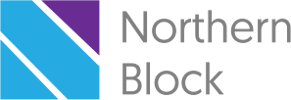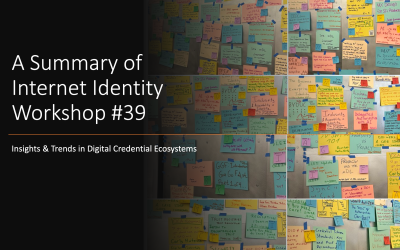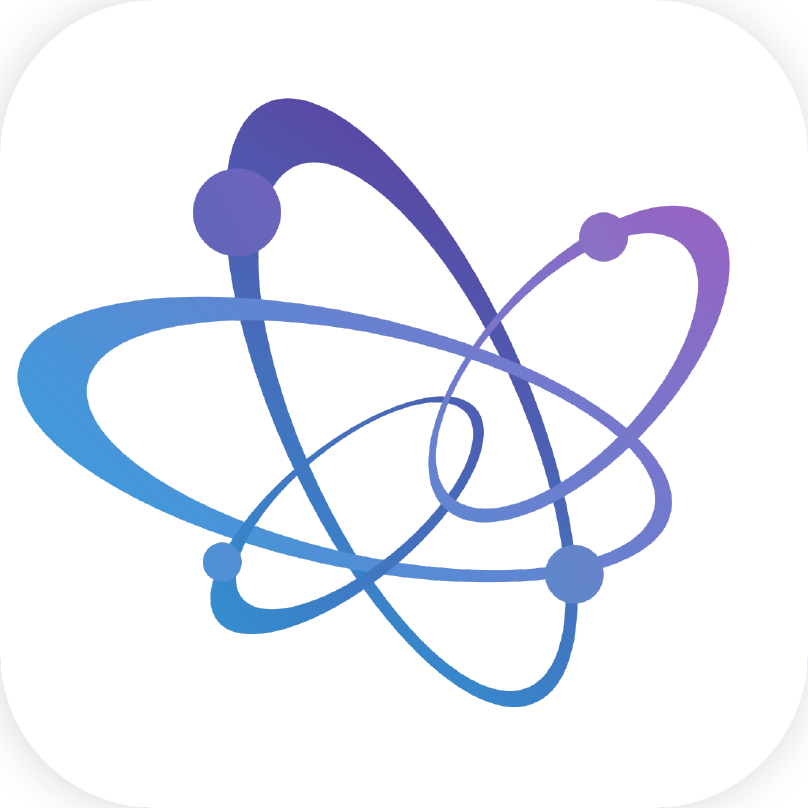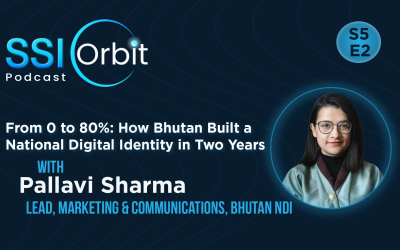Background
At Northern Block, our journey toward enhancing Canadian critical mineral supply chain transparency and traceability collaboration began with an innovative pilot in 2022, in partnership with the Government of British Columbia, Copper Mountain Mining Corporation, and PricewaterhouseCoopers.
During this initial pilot, we successfully demonstrated that greenhouse gas emissions reporting could be converted into digital credentials, making this sustainability data verifiable and highly available for various systems within the supply chain. This demonstration effectively showcased how, by utilizing common standards and protocols, sustainability data can be seamlessly transferred between different organizations’ systems while maintaining its integrity (note: we cover more of ‘how this works’ in the section below ‘Why do digital credentials help create supply chain transparency in the mining industry?’)
In early 2023, we expanded our efforts by adding support for two new digital credentials:
- Mines Act Permit: Easily prove your permit status (for major mine operators in B.C.)
- Towards Sustainable Mining (TSM): Submit TSM scores and share verified environmental, social, and governance (ESG) data securely

Both credentials are rooted in authoritative governance frameworks, and utilise OCA bundles for proper credential branding
To support mining operators in receiving their Mines Act Permit in the form of a digital credential, we continued our ongoing partnership with the Government of B.C..
To transform TSM reporting data into digital credentials, we formed a key partnership with the Mining Association of Canada (MAC), whose 100+ members account for most of Canada’s production of critical minerals. Canada already produces more than 60 minerals and metals and is a leading global producer of many critical minerals, including nickel, copper, potash, aluminum, and uranium. MAC is also behind the TSM initiative, a globally recognized ESG standard implemented not only in Canada, but in countries such as Australia, Brazil, Spain, Argentina, and Colombia. TSM, first established in 2004, allows mining companies to turn high-level environmental and social commitments into action on the ground. Additionally, TSM was the first mining standard in the world to require site-level reporting with external verification. We anticipated that facilitating the creation of digital credentials for mines, based on a recognized and important reporting standard, should generate significant demand and value in downstream supply chains.
We worked closely with MAC to develop a set of rules and standards for this new type of digital certificate to mobilize the data generated through the TSM standard. This digital certificate, or ‘credential,’ is designed for organisations involved in extracting important resources. Our goal was to make this TSM digital credential as accurate and trustworthy as possible, similar to what we had previously achieved with the greenhouse gas credential in 2022. We aimed to base the TSM credential on direct, original data (source data) and combine technical methods with strong surrounding governance. This approach ensured that TSM data transmitted through this credential could maintain its reliability and integrity, increasing its value. It can then be used effectively by other companies and organisations further along in the supply chain.
TSM’s comprehensive approach, utilizing various environmental, social and climate change indicators, has been a great mechanism for promoting responsible production practices. Our work in this domain reflects our commitment to making TSM data not only more accessible but also a trusted element in global supply chains, reinforcing responsible mining practices worldwide.
In late 2023, we achieved a significant milestone by enabling mines to self-issue their TSM reports for the years 2021, 2022, and 2023 in the form of digital credentials, which were then digitally presented to MAC using this innovative method. This accomplishment marked a huge milestone for our objective of creating trusted data inputs for supply chains. In this process, we also involved PricewaterhouseCoopers and Envirochem, two recognised TSM verification firms. The two verification firms created externally verified TSM reports as digital credentials for the two mines in question. Essentially, this means that when a mining company receives one of these digital reports from their verifier, it comes with the verifier’s digital signature. This signature proves that the report is genuine and hasn’t been altered. When the mining company shares this report with other supply chain participants, everyone can trust the data accuracy and provenance.
Here is an overview of the ecosystem which Northern Block is supporting with both the Mines Act Permit and TSM credentials:
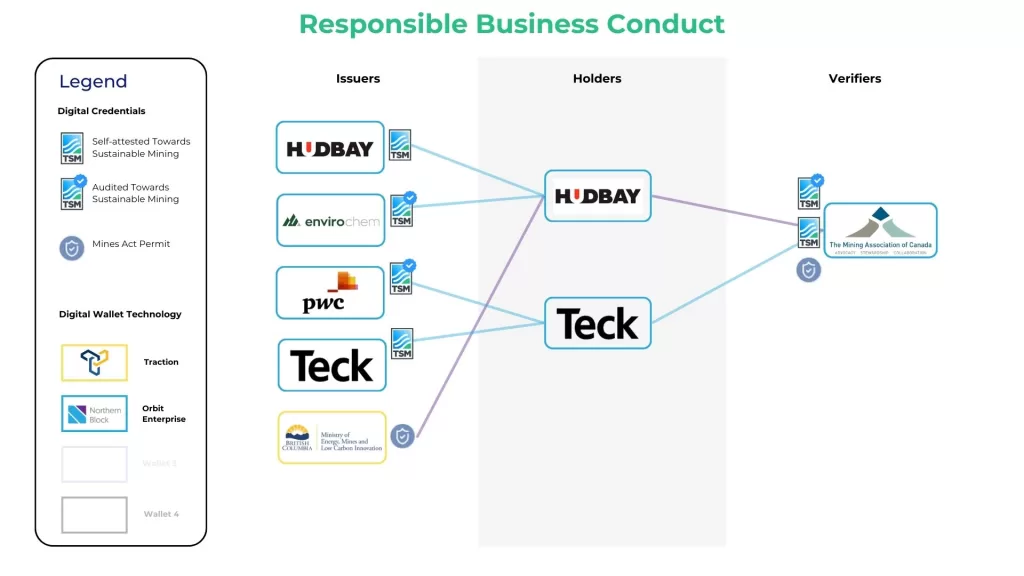
Note that in this image, the Government of British Columbia has developed its own digital credential system for government ministries, independent of Northern Block’s system. However, both systems are capable of communicating with each other due to their use of interoperable technology. It’s important to recognize that a digital trust ecosystem can involve many different actors, each potentially using services from various providers. A key advantage of this decentralized approach is the flexibility it offers participants, allowing them to choose their preferred platforms without being confined to a single, centralized system.
This advancement was a substantial step in making the existing international TSM standard more accessible for supply chain participants. Our next focus is on broadening its use and creating a demand generation strategy. Given the increasing demand for high-integrity data in supply chains, we believe that our efforts have established crucial foundational groundwork.
Why do digital credentials help create supply chain transparency in the mining industry?
Digital credentials are based on internationally accepted technical and governance standards that are meant to facilitate digital trust. A digital trust architecture enables any two entities to share data between themselves in a trusted manner, independent of the system or application they’re using. This can be compared to email clients, where emails are reliably sent and received regardless of the different clients being used (e.g., like Microsoft Outlook and Google’s Gmail). This reliability is due to the use of common underlying protocols (a common language). Digital trust solutions leverage a common set of protocols, enabling them to exchange trusted data between themselves, with Security, Privacy, Authenticity and Confidentiality in mind.
This allowed us to conduct trusted data exchanges between different systems. For example, we facilitated a live exchange between the Government of British Columbia and CMM, where CMM was able to use Northern Block’s ‘Orbit Enterprise Wallet’ to receive a digital credential representation of their Mines Permit. This was issued by the Government of British Columbia, from their credential issuance system, and CMM was able to receive the offer, and upon accepting it, stored the credential within their digital wallet, hosted by Northern Block. This demonstrates that by speaking a common set of standards and protocols, technical interoperability is attainable, avoiding enforcing any supply chain participants to use a specific solution, similar to how email works!
A key aspect of digital trust stems from digital signatures using cryptography. Whenever a piece of data (a digital credential) is sent from an authoritative party to another, that data is signed, becoming tamper-proof and backed by verifiable governance processes. For instance, when a supply chain participant consumes verifiable TSM data as a digital credential proof, they can be confident about the data’s provenance, knowing it came from a mine or the mine’s auditor, and that it followed the correct governance established by MAC. This creates a root of trust for ecosystems that wish to consume that data.
Once these digital credentials are available, they can be shared with any participant in an ecosystem at the discretion of the credential holder. For example, a mining company can easily share this data with investors, buyers, or ESG marketplaces with just a click of a button. They can also selectively share different credentials, controlling what data they share and with whom. Being able to mix and match various types of verifiable data can unlock new efficiencies and value creation opportunities. For example, CMM may share with an investor a proof that they’re a recognised mine in British Columbia, along with selective ESG data from their TSM credential. In this case, they were able to share data that came from two separate, but verifiable sources. The investor will know that all data proofs shared are authentic. This example starts to make us think about some of the efficiencies and new opportunities when being able to mix and match data from various sources.
By converting this data into digital credentials and storing them in wallets owned by the data owners, it becomes easier to share within supply chains, thereby making it more available. This is particularly important in the context of ESG reporting, where fraud is a concern. Digital trust is crucial because it allows for the creation of supply chain data inputs that are authentic and verifiable.
Ultimately, digital trust technologies will elevate the level of trust within critical mineral supply chains. Creating supply chain transparency is only as effective as the data that flows into it. Our goal is to ensure that the data entering supply chains is of high integrity and value, and our work to-date aligns well with the Canadian Critical Minerals Strategy.
Northern Block’s Mining Credentialing Solutions
Northern Block has been dedicated to developing enterprise digital credentialing technology suitable for a variety of applications. In early 2020, we launched the first commercial graded digital credential management platform in Canada, called NB Orbit Enterprise ; a no-code digital trust web-based platform that facilitates the storage, issuance and verification of digital credentials that are held and owned by organisations in digital wallets. The platform contains a collection of components based on identity management, distributed and edge computing, distributed ledger technologies and cryptography. Importantly, it is compatible with global digital trust standards and protocols.
Here are some of the components available within Orbit Enterprise that we leveraged for this particular critical minerals digital trust project:
- Organisational Wallet: a component that allows organisations to receive digital credential offers from their peers, such as governments and auditors, and securely store them in the organisational wallet (e.g., Mines Permit credential, TSM credential).
- Secure Connection Manager: This tool helps organisations set up secure, two-way communication channels with each other. Once these channels are established, they can exchange information safely and privately, ensuring that all communications are genuine and confidential.
- Digital Credential Creation and Sharing Module: This is a service that allows organisations to create and issue digital credentials, like digital IDs or certificates, either to themselves or to other organisations. It also includes features for requesting credentials, negotiating terms, and sending secure messages. This is particularly useful in business-to-business (B2B) situations, where two organisations need to collaborate on issuing these digital credentials.
- Digital Credential Verification and Exchange Toolkit: This toolkit is used by organisations to either ask for proof of digital credentials from others or to provide proof of their own credentials. It supports collaboration and communication, similar to the credential issuance service, making it easier for organisations to verify each other’s credentials.
- Credential Governance Toolkit: This toolkit is designed for creating and managing the rules and designs for digital credentials. It’s used by authoritative bodies to set standards and publish these credentials to trusted data registries. organisations can use this toolkit to follow these standards when issuing credentials. It also helps ensure that the branding and legitimacy of these credentials are consistent, especially in supply chains, so that everyone recognizes and trusts them.
Call to Action
If you are interested in contributing to the growth of this ecosystem, we would love to hear from you. Our initiative welcomes participation from a diverse range of stakeholders, including natural resource companies, data consumers in need of high-integrity sustainability data, government regulators, and technology solution providers. It will require the collective effort of many strong participants to elevate this ecosystem to the next level and generate a network effect. We are confident in the foundational elements already in place, especially our credentials rooted in authoritative trust. This foundation paves the way for an array of future use cases and broader applications.
